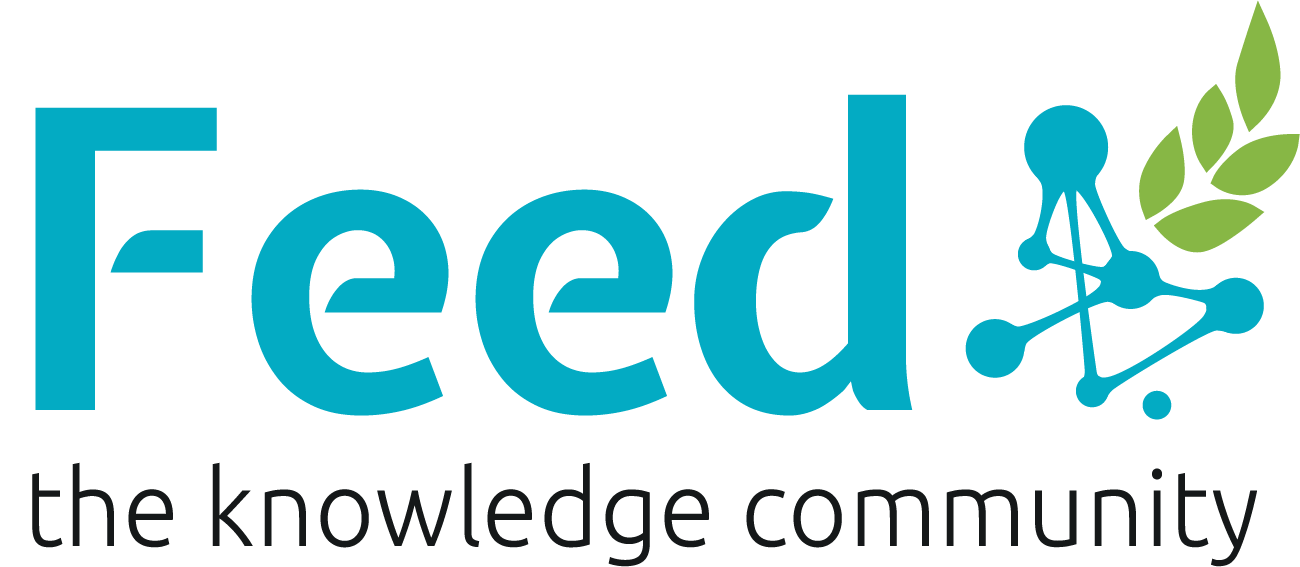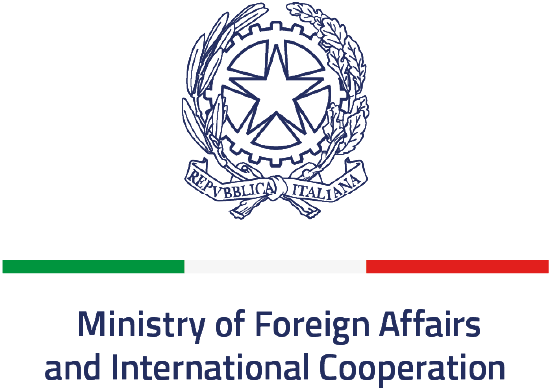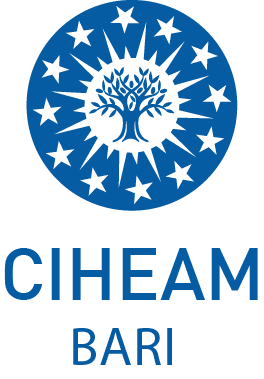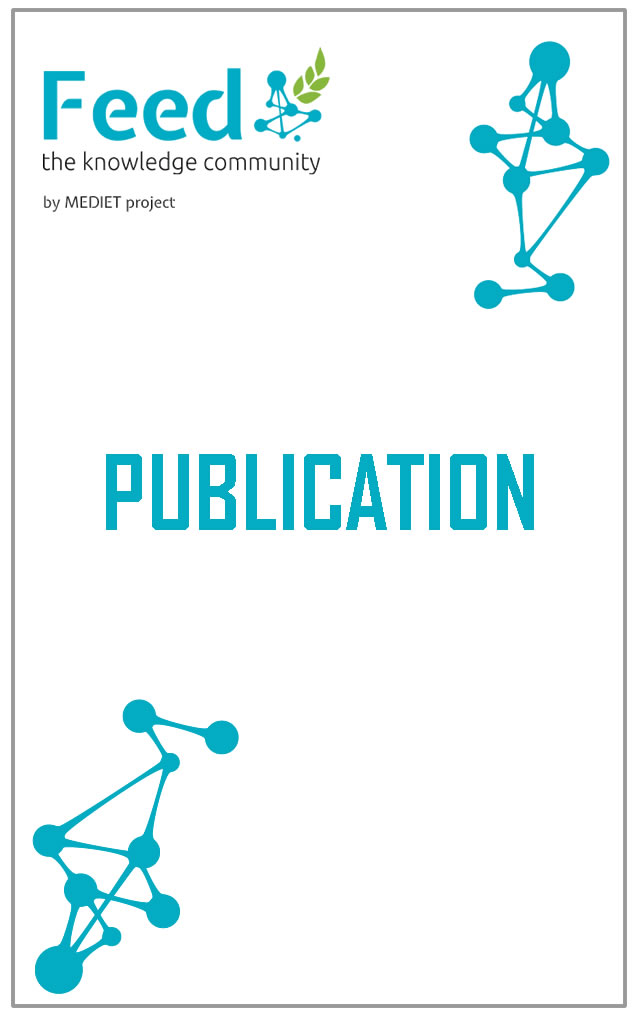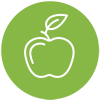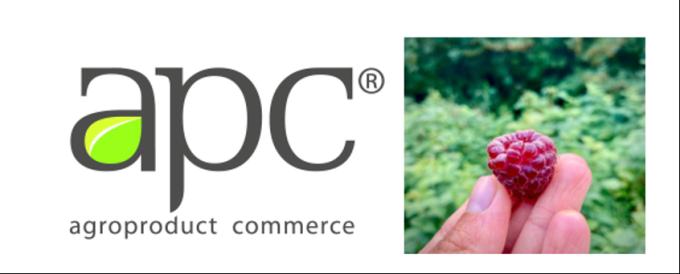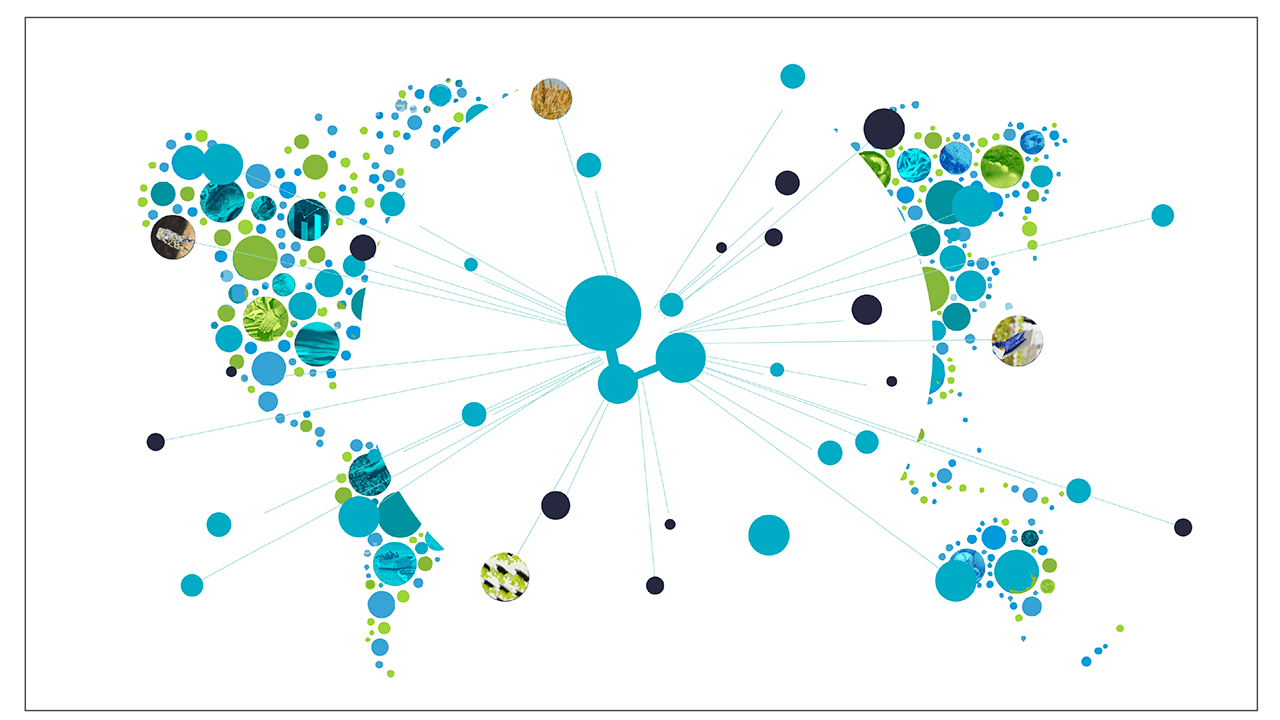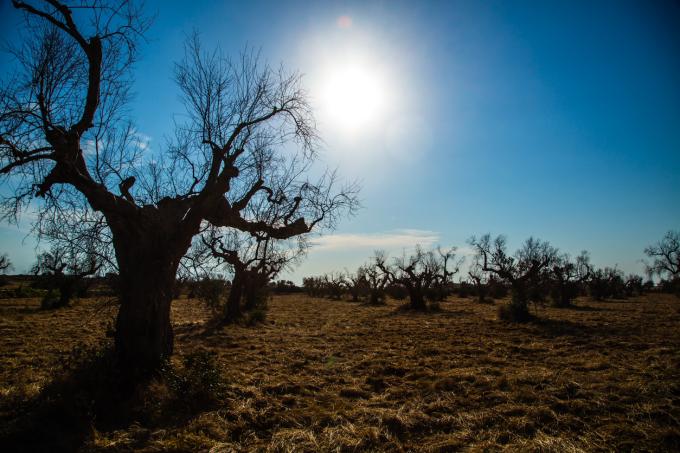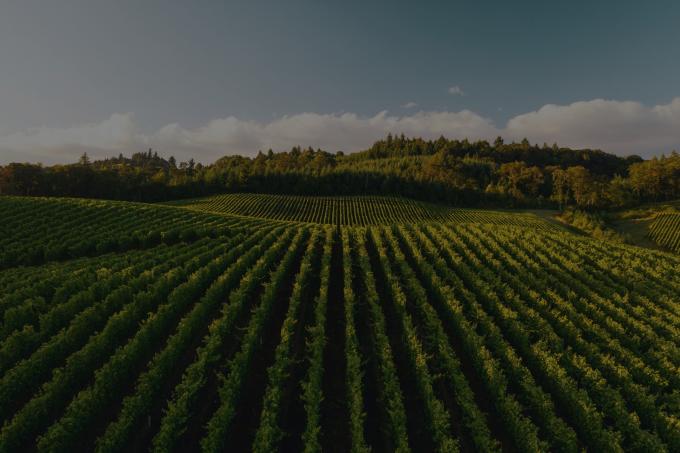PUBLICATIONS
Thesis
Effect of type of irrigation system on productivity and income of date palm growers in Sebha, Libya
Year:
2016
Author:
Aridah Ahmad Mohamed Ahmad
You must be registered to see all the content
Worldwide, there is an increasing urgency to achieve more efficient use of water resources and improving crop productivity. Libyan agriculture and food production is putting increased pressure on the country’s limited water resources. The need for efficient irrigation systems and techniques has assumed greater importance for incremental increases in crop production in Libya. Date palms represent an important economic crop in Libya since they contribute to the agriculture industry, foreign exchange earnings, farmers’ income and employment. However, the date palm industry relies on large amounts of water for growing the crop. Farmers use a variety of irrigation systems, and water of differing quality and quantity, which affects productivity, and the physical and chemical characteristics of the dates cultivated and, therefore, the income generated by farmers. This study examined three irrigation systems used by date palm producers in South Libya using data from a sample of 210 farmers from four major areas in Sebha, South Libya - Tamanhant, Samnu, Al-zighan and Ghodduwa. Effects of different types of irrigation systems on fruit quality of common cultivar ‘Talees’ date were investigated. The study also analysed the economics of date palm production under different types of irrigation systems, assessing the pros and cons of different types of irrigation systems for date palm production. Finally, the study examined the determinants of date production, particularly, looking at whether the type of irrigation system influences productivity and hence, income, of farmers. Two methods were used to collect the data. Firstly, a survey of 210 farms was conducted using a structured questionnaire. The study employed different models to evaluate the relationship between irrigation systems and other determinant factors affecting productivity and efficiency. Stochastic frontier production analysis and OLS multiple regressions were run using Frontier 4.1, SPSS and STATA. The second method involved experiments using a set of date fruit samples from Sebha region. The experimental data were analysed using two-way analysis of variance (ANOVA) using GenStat14. The findings revealed that various variables have substantial impacts on date palm production under three different irrigation systems. The results showed that number iv of trees, amount of water, sprinkler irrigation and human labour are significantly and positively related to palm productivity. On the other hand, type of soil, drip irrigation, manure and family member square are negatively related to productivity. The analysis showed that the type of irrigation system has a significant effect on productivity, with the sprinkler irrigation system having a higher effect on palm production compared to surface irrigation; however surface irrigation system has a higher effect on the palm production compared to drip irrigation. In addition, the type of soil has a significant effect on productivity under, and productivity of farms under clay soil is higher compared to those under fine, medium and silt soils. The date palm farm productivity analysis found significant variations in the technical efficiency under irrigation methods in study area. There are still significant numbers of inefficient date palm farmers; this means there is still some scope for improvement. The level of education, coarse soil and distance between trees were found to significantly affect farm-specific technical efficiency suggesting that increasing the level of education for young farmers by formal or informal training generally, and in date palm farming, new technology and irrigation practices, more specifically, would improve the productivity of farms in the area. Findings also showed that the irrigation method significantly affected only fruit weight whilst fruit breadth and length, pulp thickness, stone weight, stone width and stone length, individual sugars and organic acids were not significantly affected by irrigation methods. When the average of different irrigation methods were taken, the mean fruit weight, breadth and length, pulp thickness, stone breadth and length were found to be significantly different by location. Moreover, the interactions between different irrigation methods and locations were found to be significant (p ≤ 0.05) for fruit weight, breadth and length, pulp thickness, stone breadth and length. The study provided valuable information on the factors influencing the production of date palms, which will be beneficial in improving the agricultural sector in Libya. The findings also brought to light new information on the efficiency of key irrigation systems used by farmers in South Libya and provided information on the type of irrigation system that is most effective in improving productivity. These information can help local farmers in investing in the right type of irrigation system and on improving their productivity and income.
Secondary Author:
